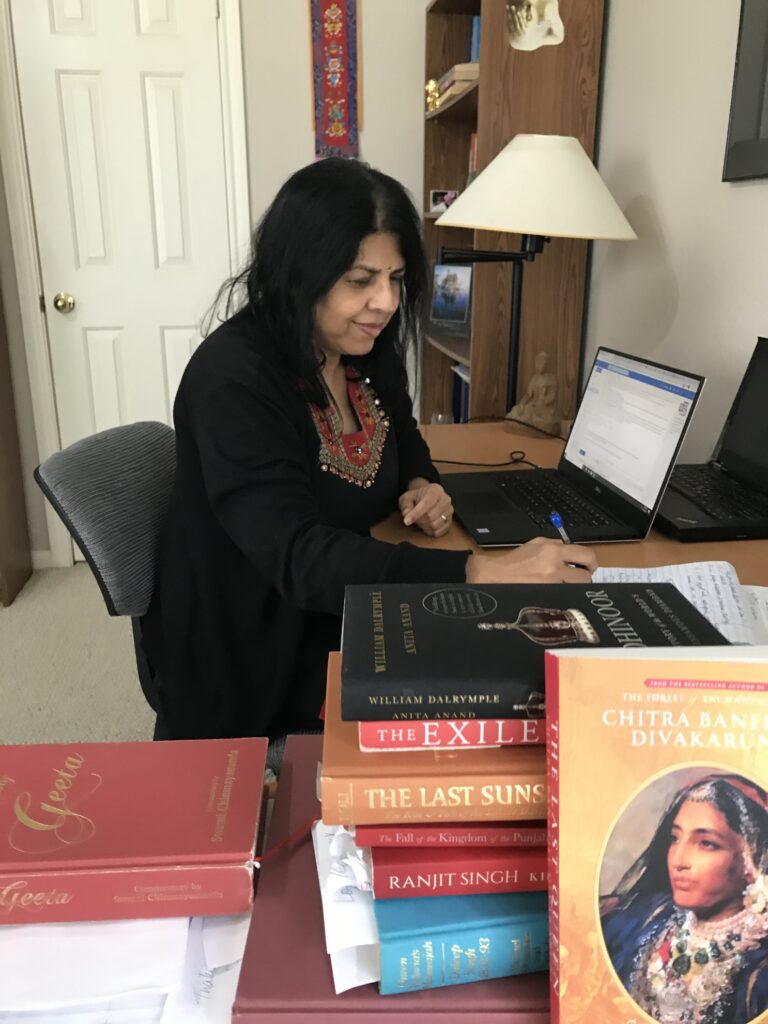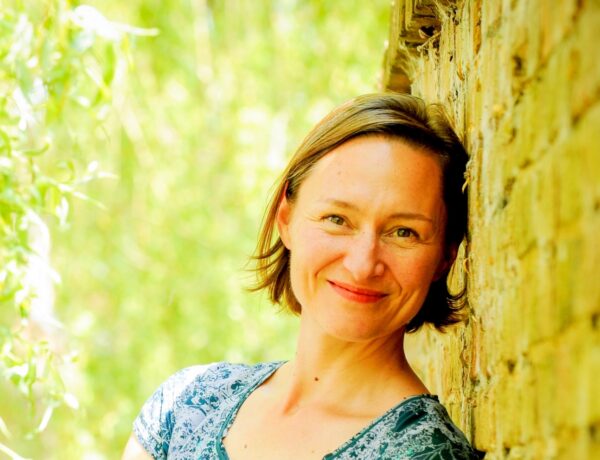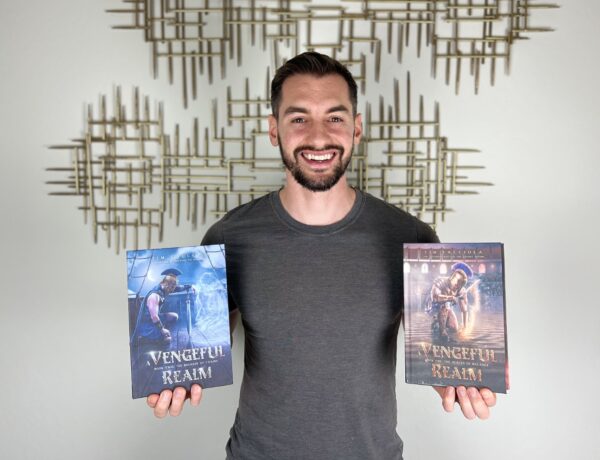Chitra Divakaruni is an award-winning author with 21 published books for adults and children. Her newest novel, Independence, follows the lives of three sisters in Calcutta during India’s freedom from British rule.
Her work has been translated into 30 languages and adapted into various forms, including films, plays, and operas. Divakaruni is also a professor of Creative Writing at the University of Houston and has received several awards for her writing, including an American Book Award and a PEN Josephine Miles award.
In addition to her literary achievements, she is an activist for education and domestic violence, working with organizations such as Pratham, Daya, and Maitri.
Each week, we publish a new daily writing routine from a famous author. Subscribe to our newsletter so you don’t miss out!
Hi Chitra, welcome to Famous Writing Routines, great to have you here with us today! You’ve written over 20 books, many of which have been translated into numerous languages. What inspires you to keep writing and what message do you hope to convey through your work?
I love sharing stories about my rich Indian culture, history and mythology, as well as stories about immigrant life and multicultural experiences in the USA. I am particularly interested in women’s narratives. I believe that sharing stories across cultures and genders creates greater national/ international/cross-cultural understanding and reduces prejudice. This hope keeps me working hard at my writing.
Your writing often focuses on contemporary life in America and India, women’s experiences, immigration, history, magical realism, and mythology. What draws you to these themes?
My interest in these themes come from impressionable moments in my life. My grandfather told me stories from our Indian epics, the Ramayan and the Mahabharat, when I was young, and these great tales went deep into me.
Later, they came out in the form of my novels Forest of Enchantments and Palace of Illusions, both narrated by women. The same with Indian history. My grandfather and mother told me many electrifying tales about India’s Freedom movement, in which they were involved. Those stories are woven into my newest novel, Independence.
As for immigrant stories, I came to the US at the impressionable age of 19. It was the first time I had lived on my own, far from the familiarity of home and family. Those early moments were at once exhilarating and stressful. At first I felt terribly lonely. Then I realized that many immigrants were going through similar experiences though they rarely spoke of them.
That pushed me to shape my immigrant stories and share them with my community as well as with a mainstream culture that did not quite understand us. That’s how books like Arranged Marriage and Mistress of Spices came into being.
The Last Queen was awarded the Times of India Best Fiction Award and the Best Book Award from The International Association of Working Women. Can you tell us more about the story of Maharani Jindan and what it was like to delve into her story and retell it?
I have to confess, I knew nothing of Maharani Jindan when I was growing up, going to school in India. She wasn’t in any of the textbooks, although her husband (Maharajah Ranjit Singh) and son (Maharajah Dalip Singh) were prominently mentioned.
This happens to women in history more often than we imagine! So when I learned about her, just by chance while attending a talk on the Kohinoor diamond (which had been in her custody while she was queen regent of Punjab), I became determined to share her story with the world.
It was a challenge because there was only one slim volume about her. I had to gather bits of material about her life from many different sources. Additionally, soon after I started the project, the pandemic occurred. I could not travel to any of the places I had planned to visit–the Chunar Fort where the British had incarcerated her, or the neighborhood of Spence’s hotel in Calcutta where she was reunited with her son after many years of separation because he had been taken away to England.
I relied heavily on photographs, maps and paintings of her era to recreate the world in which she lived. It was a tough project but well worth it, and it taught me how to do responsible and authentic historical research. An additional challenge was to figure out her voice. For that I had to depend on the few letters that were written by her that still exist.
Two of your books, The Mistress of Spices and Sister of My Heart, have been made into movies, and several others are under option in Hollywood and India. What is it like to see your work come to life on the big screen?
It’s quite wonderful and exciting. I am well aware that the book was my creation but the film belongs to the director, so I don’t feel proprietorial about the film. As long as our intentions are in sync, I am happy. Film is a whole other medium. Its expression will naturally be different from the book. I understand that. My hope is that a good film will make more people aware of the book it was based on and make them want to read it.
Do you struggle to stay focused while writing? You’re not alone! That’s why Famous Writing Routines recommends Freedom – the ultimate app and website blocker for Mac, Windows, Android, iOS, and Chrome. With over 2.5 million users, Freedom helps writers stay on task and avoid distractions. Get started for free today and reclaim your productivity!
You teach in the nationally ranked Creative Writing program at the University of Houston, where you are the McDavid Professor of Creative Writing. How do you approach teaching and what do you hope your students take away from their time with you?
I love teaching. It’s my second-most favorite thing to do, after writing. I love working with younger writers, honing their talent, introducing them to books I have loved and have learned from. And I learn so much from them. Every day.
Can you tell us about your writing routine? What does a typical day look like for you?
I don’t write on the days I go to campus to teach. But every other day of the week, after doing a morning meditation, I start writing and keep going as long as I can. I’ll take a break to go on a walk or go to the gym. (I love the gym! I get a lot of ideas while I’m on the elliptical–there’s something about those repetitive movements.) I’ll cook dinner, spend some family time, things like that. I resume writing after dinner, if inspiration strikes me. Sometimes I’ll keep going until 2 or 3 a.m. I have no work-life balance when the writing is going well!
If you could have a conversation with any author throughout history about their writing routine and creative process, who would that person be?
Shakespeare. He achieved so much in a fairly short amount of time. I’d love to know his process, his inspirations, and if he really never revised anything, as the legend goes.
I’d love to know about the books you’re reading at the moment. What have been some of your favorite recent reads?
I’ve recently read two Booker winners, both from South Asia: Geetanjali Shree’s Tomb of Sand and Shehan Karunatilaka’s The Seven Moons of Maali Almeida. Both were wonderful and very original in voice and tone and overall conception.
What does your current writing workspace look like?
I write in my study, with my door closed. I have a messy desk. I face the wall so I will not get distracted by what might be happening outside my window.

Affiliate disclaimer: Some links on this website are affiliate links. We may earn a small commission if you make a purchase through these links, but only promote products we truly believe in. We disclose affiliate links and give honest reviews.



No Comments